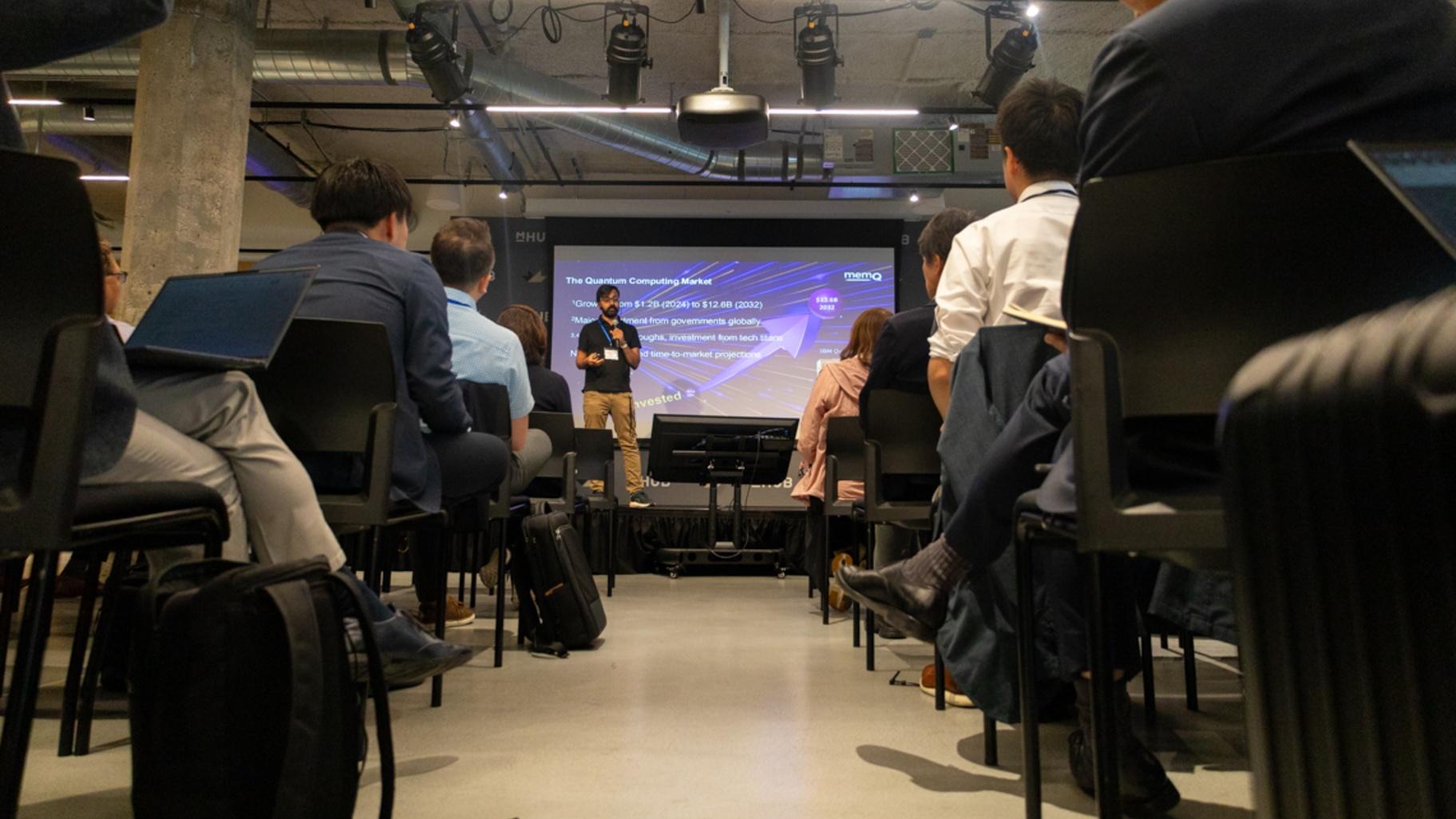Is Tech in the Classroom Helping or Harming Our Kids? A Balanced Look at Technology in Education

The Digital Classroom: A Double-Edged Sword
The integration of technology into education is no longer a futuristic concept; it's a present-day reality. From interactive whiteboards to personalized learning apps, technology promises to revolutionize how we teach and learn. However, a growing concern is emerging: are the potential benefits of technology in education outweighing the risks, particularly regarding children's mental health?
The Promise of Technology in Education
Let's first acknowledge the significant advantages. Technology offers unparalleled access to information, breaking down geographical barriers and providing students with a wealth of resources previously unavailable. Interactive learning tools can cater to diverse learning styles, making education more engaging and accessible for students who struggle with traditional methods. Furthermore, technology can foster collaboration, creativity, and problem-solving skills – essential for success in the 21st century workforce. Online platforms allow for personalized learning paths, adapting to each student’s pace and needs. Simulations and virtual reality experiences can bring abstract concepts to life, making learning more memorable and impactful. Teachers can leverage technology to automate administrative tasks, freeing up valuable time to focus on individual student needs.
The Growing Concerns: Mental Health and Excessive Screen Time
However, the narrative isn't entirely positive. Mounting evidence suggests a link between excessive screen time and a rise in mental health issues among children, including anxiety, depression, and sleep disturbances. The constant stimulation of digital devices can contribute to attention deficits and difficulty focusing, hindering academic performance. Social media, a common tool for communication and connection, can also expose children to cyberbullying, unrealistic comparisons, and a distorted sense of self-worth. Parents and educators are increasingly worried about the potential for technology to displace crucial face-to-face interactions, hindering the development of essential social and emotional skills.
Finding a Balance: Responsible Technology Integration
The key isn't to ban technology altogether – that's neither realistic nor desirable. Instead, the focus should be on responsible integration. Here are some strategies for finding a healthy balance:
- Establish Clear Boundaries: Set limits on screen time outside of school hours and create tech-free zones in the home.
- Promote Digital Literacy: Teach children how to critically evaluate online information, identify misinformation, and navigate social media safely.
- Encourage Offline Activities: Promote participation in sports, hobbies, and other activities that foster social interaction and physical well-being.
- Mindful Use in the Classroom: Educators should carefully curate technology use, ensuring it aligns with learning objectives and doesn't detract from essential skills like critical thinking and communication.
- Parent-Teacher Collaboration: Open communication between parents and teachers is crucial for creating a supportive learning environment that prioritizes both academic success and mental well-being.
The Future of Technology in Education
Technology will undoubtedly continue to play an increasingly important role in education. The challenge lies in harnessing its power for good while mitigating the potential risks. By embracing a balanced and thoughtful approach, we can ensure that technology enhances – rather than detracts from – the educational experience for all children. The conversation must evolve beyond simply asking *if* technology should be used, but rather *how* it can be used most effectively and responsibly to cultivate well-rounded, healthy, and successful learners.





